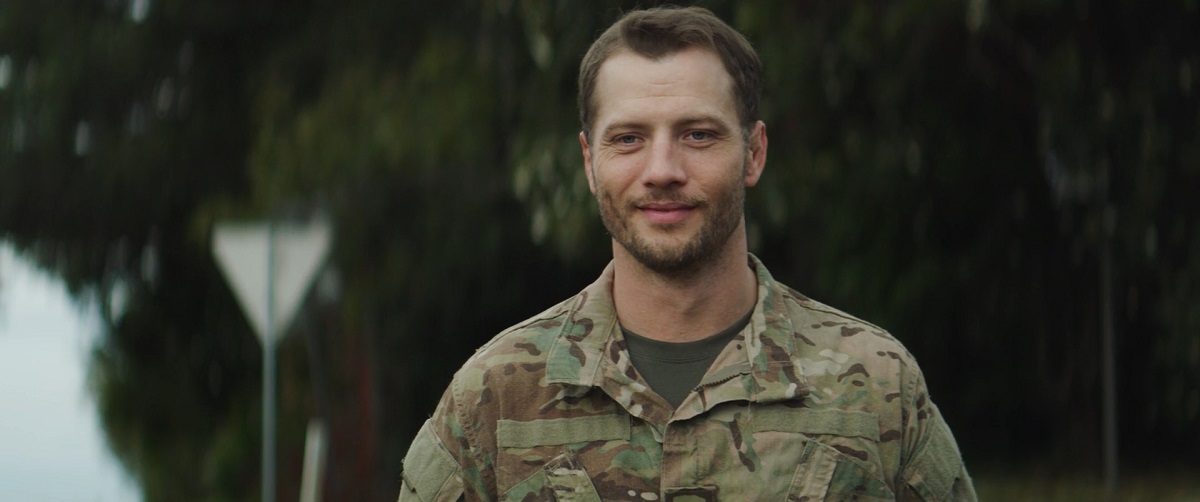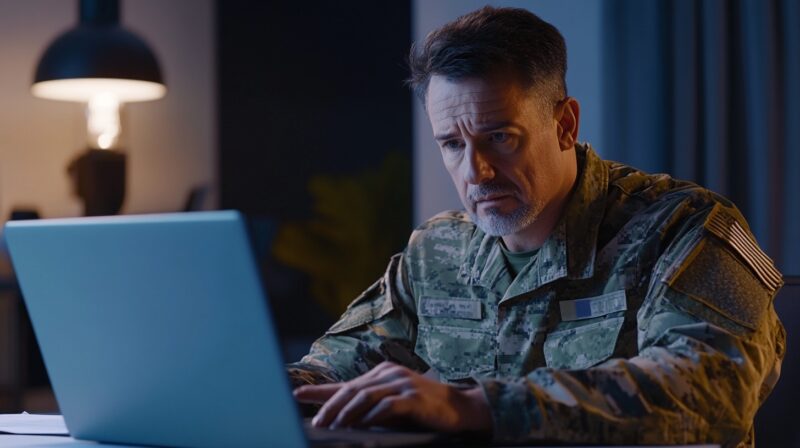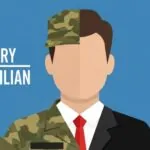A shift from camouflage to office attire can feel like a rough landing. There’s talk about the value of discipline and leadership abilities, but applying those traits in the private sector often turns into a game of guesswork.
Hundreds of thousands leave active duty each year, eager for employment that values their achievements and service. Yet the question remains: how does a veteran find that sweet spot between old duties and new goals?
A range of organizations across government agencies, nonprofits, and private firms provides resources that target ex-service members. Many programs address financial readiness, job-placement guidance, skills translation, and networking opportunities.
Nobody promised an easy path, but there’s an array of options that might tip the odds in a veteran’s favor. The following guide highlights popular programs known for offering structure, training, mentorship, and employer connections.
In plain terms, it’s a blueprint for those who want to hold onto the best elements of military life while forging ahead in a new arena. Let’s get right into it.
Transition Assistance Program (TAP)

TAP is spearheaded by the Department of Defense, with help from the Departments of Labor, Veterans Affairs, Homeland Security, Education, the Office of Personnel Management, and the Small Business Administration. It’s like a massive potluck where different agencies bring their specialties to the table.
There’s a bit of everything: individualized counseling, advice on handling finances, and breakdowns of military roles for the civilian sphere.
How TAP Works
- Initial Counseling: One-on-one time aimed at figuring out personal goals and readiness.
- Pre-Separation Counseling: A session focused on legalities and essential benefits veterans should know about before discharge.
- Targeted Training Modules: Learning segments on topics such as budgeting, job-hunting techniques, and using VA services effectively.
It’s suggested to begin at least one year before separating from the military, though many wait until the final months.
If early birds get the worm, proactive service members get a better chance of success once that final salute is done.
Why TAP Matters

TAP stands out because it’s not just a brochure or a single workshop. It connects dots across multiple federal departments to create a comprehensive package.
Once someone finishes the core training, there’s a bit more confidence in stepping into a world that doesn’t run on 24-hour duty rosters.
Onward to Opportunity (O2O)
Offered by the D’Aniello Institute for Veterans and Military Families (IVMF) at Syracuse University, O2O addresses a common complaint among ex-service members: “Where do I acquire the certifications that employers respect?”
The program is free and caters to transitioning service members, veterans, and even military spouses.
Key Highlights
- Over 30 industry-recognized certification tracks.
- Focus on areas like project management, IT, and human resources.
- Combination of online learning plus in-person coaching.
It’s a lifeline for those seeking a credential that resonates in the private sector. The standard pitch is straightforward: complete the coursework, pass the test, and step into an interview with tangible proof of skill.
Folks who leverage O2O often praise the directness of its approach—no nonsense, no fluff, just market-relevant training tied to real-world employment.
Personalized Career Support
Transition can be especially thorny for those who bear the physical or psychological wounds of combat. Wounded Warrior Project’s “Warriors to Work” program cuts through some of that difficulty.
Career counseling, resume reviews, and interview prep are on the menu. There’s also a critical focus on connecting veterans with companies that actually want them, rather than tossing out generic postings.
Transitioning from military to civilian life presents unique challenges, particularly when it comes to securing meaningful employment. Veterans often find it difficult to articulate their military experience in ways that resonate with potential employers. This is where tailored resources and support systems become invaluable. Programs like Wounded Warrior Project’s “Warriors to Work” provide a solid foundation by offering career counseling, resume reviews, and interview preparation.
However, veterans can amplify these efforts by leveraging online tools and platforms designed for career development. Transitioning veterans can benefit from using website Papersowl to refine their resumes and cover letters, ensuring their military achievements are translated effectively into civilian terms. That provides expert guidance, helping veterans frame their skills — like leadership, adaptability, and strategic thinking—in language that aligns with corporate expectations.
So it’s like a guarantee that their applications not only stand out, but also highlight their unique value to potential employers.
Moreover, this can serve as a bridge between veterans and civilian hiring managers, who may not always grasp the depth of military experience. By translating service-related accomplishments into universally recognized professional competencies, veterans can better position themselves for competitive roles.
Combining these with the support of veteran-focused career programs creates a comprehensive pathway to success, allowing those who served to build fulfilling post-military careers. The result is not only personal growth for veterans but also a workforce enriched by their resilience and dedication.
Services Offered
- Resume Building: Translating military achievements into civilian keywords that recruiters understand.
- Interview Coaching: Tips for facing typical queries and addressing potential concerns about service-related injuries.
- Employer Connections: Linking veterans to firms that already have a track record of hiring ex-service members.
A frequent complaint is that many organizations say they support vets but offer little more than lip service. Warriors to Work attempts to hold employers accountable by fostering relationships that genuinely match skills to job requirements.
Veterans Employment Toolkit
Developed by the VA
The U.S. Department of Veterans Affairs rolled out the Veterans Employment Toolkit. It’s packed with guidance for vets looking to land jobs and for employers hoping to recruit them. Cynics might scoff at a government toolkit, but it provides straightforward advice on bridging the military-civilian communication gap.
Notable Features
- Translating Military Experience: A step-by-step process for turning a list of achievements into standard job descriptions.
- Job Search Tips: Suggestions on how to spot veteran-friendly listings and approach the application process.
- Guidance for Employers: Hiring managers get advice on creating a supportive environment that values the unique perspectives of vets.
One huge advantage is the sense of mutual understanding the toolkit encourages. Many times, confusion arises because recruiters don’t know how to interpret service jargon. The material helps both parties speak a common language.
Student Veterans of America (SVA)
Campus Support Network
SVA is a coalition that brings together student veteran groups in colleges around the globe. Some veterans decide to chase a degree before entering the corporate realm, and it’s no secret that higher education can be a maze of deadlines, syllabi, and registration hoops.
Offerings
- Resources and Advocacy: Assistance with everything from navigating the GI Bill to finding campus mentorship opportunities.
- National Conference: An annual gathering for networking and professional development.
- Local Campus Chapters: Peer groups that support academic success and social bonding.
Many vets discover that leaving the service for a university can feel like entering a foreign country. SVA helps them find peers in the same boat, forge friendships, and build connections that carry over into civilian careers.
Apprenticeships

Not everyone wants a suit-and-tie role. Apprenticeships fill a vital niche for those who prefer skilled trades such as electrical work, carpentry, or plumbing. A veteran might be perfectly at home working with machinery or building systems, so an apprenticeship lines up with that background.
Example: Building Trades Educational Benefit Fund
A five-year apprenticeship for aspiring electricians is just one illustration of how real-world training meets stable employment. Veterans benefit from:
- Structured classroom instruction.
- On-the-job supervision.
- A salary that reflects growing expertise.
The routine often mirrors the structure of military life, where progressive responsibility leads to mastery. Discipline pays off here, because it’s a controlled environment that rewards consistent effort.
Corporate Veteran Recruitment Initiatives
Case Study: Cushman & Wakefield
Some big names in business have discovered that former service members bring a fierce work ethic and problem-solving mentality. Cushman & Wakefield, a major real estate firm, claims more than 1,400 veteran hires through its Military and Veteran Program (MVP).
The company invests in training and mentorship so that the intangible skills learned on deployment can shift into corporate roles.
Typical Roles for Veterans
- IT and Cybersecurity
- Engineering and Maintenance
- Marketing and Branding
- Human Resources
Even though corporate recruiters love buzzwords, a soldier’s background can outshine any fancy certificate if matched with the right position. Companies that see the potential invest in skill translation and ensure that culture shock is minimized.
Cybersecurity and IT Training

Technology continues to dominate modern industries, making it a promising area for veterans looking for a foothold. TechVets recognizes that demand by providing training in cybersecurity, data analysis, and project management.
The program’s core belief is that problem-solving under pressure translates well to the tech world.
Reasons to Consider TechVets
- Rapidly Growing Field: Security breaches and data management challenges multiply daily, creating a fertile job market.
- Transferable Skills: Veterans often bring a logical approach and calm demeanor in high-stakes situations, which are perfect for cybersecurity.
- Networking Opportunities: Connect with professionals who share an interest in leveraging military skills for digital roles.
Some might joke that dealing with hackers is less stressful than dodging incoming rounds. Exaggeration aside, technology offers a structured environment with clear objectives, which can feel familiar to a veteran who used to operate under strict protocols.
Vocational Rehabilitation and Employment (VR&E)

Also Known as Chapter 31
Veterans dealing with the aftermath of physical or mental injuries receive targeted support through VR&E. It’s all about preparing for, finding, and keeping employment that matches the individual’s capabilities and interests.
Program Features
- Personalized Career Counseling: A vocational counselor evaluates interests, aptitudes, and limitations.
- Training Opportunities: Funding for degrees, certifications, or technical programs related to a chosen field.
- Job Placement Assistance: Connections to employers open to accommodating service-related needs.
Sometimes it’s a matter of figuring out a path that respects the new normal imposed by a disability. VR&E tries to tackle that with a blend of empathy and practicality.
Not all jobs require perfect physical health, and the program aims to reveal realistic options that maximize a veteran’s potential.
Veterans Employment Program (VEP) and Veterans Employment Commitment (VEC)
Not every service member wore an American flag on the shoulder. Australia has its own approach, including the Veterans Employment Program (VEP) and the Veterans Employment Commitment (VEC).
Optus and other companies collaborate with those initiatives to recruit ex-service personnel. The gist is similar: champion the strengths gained in uniform and slot them into roles that appreciate punctuality, teamwork, and grit.
Why Global Programs Matter
- International Recognitions of Military Skills: Service members from many nations share common attributes valued by employers.
- Cross-Cultural Opportunities: Some veterans explore employment in friendly allied countries.
- Common Goal: Provide a straightforward gateway for veterans to rejoin the workforce with minimal confusion.
The universal truth is that stepping out of the military bubble can be daunting, no matter the national flag. Programs like VEP and VEC echo the same principle: veterans deserve a fair chance to bring their talents into civilian roles.
Also, read our blog about another form of support in the military.
Parting Words
Much can be said about the adjustments veterans go through when trading in boots for business shoes. A solid support system makes a difference between a bumpy exit from service and a confident stride into a new career.
Government-led solutions, nonprofit guidance, university-based training, and corporate initiatives all push to fill that gap.
Every veteran’s story is different. Many share the hope of finding a job that respects past sacrifices and offers room for growth. Take advantage of well-designed programs, lean on the expertise of those who’ve already been there, and keep an open mind about possible career paths.







